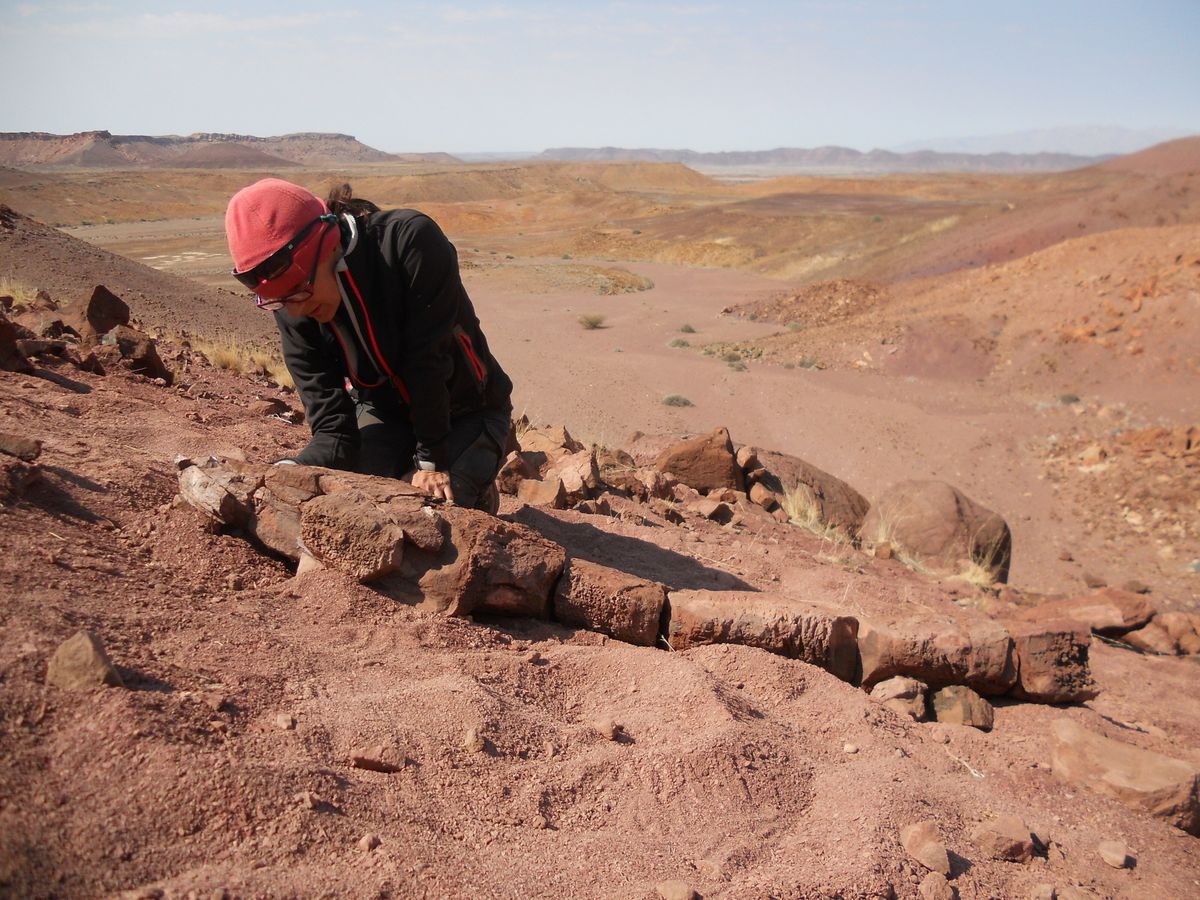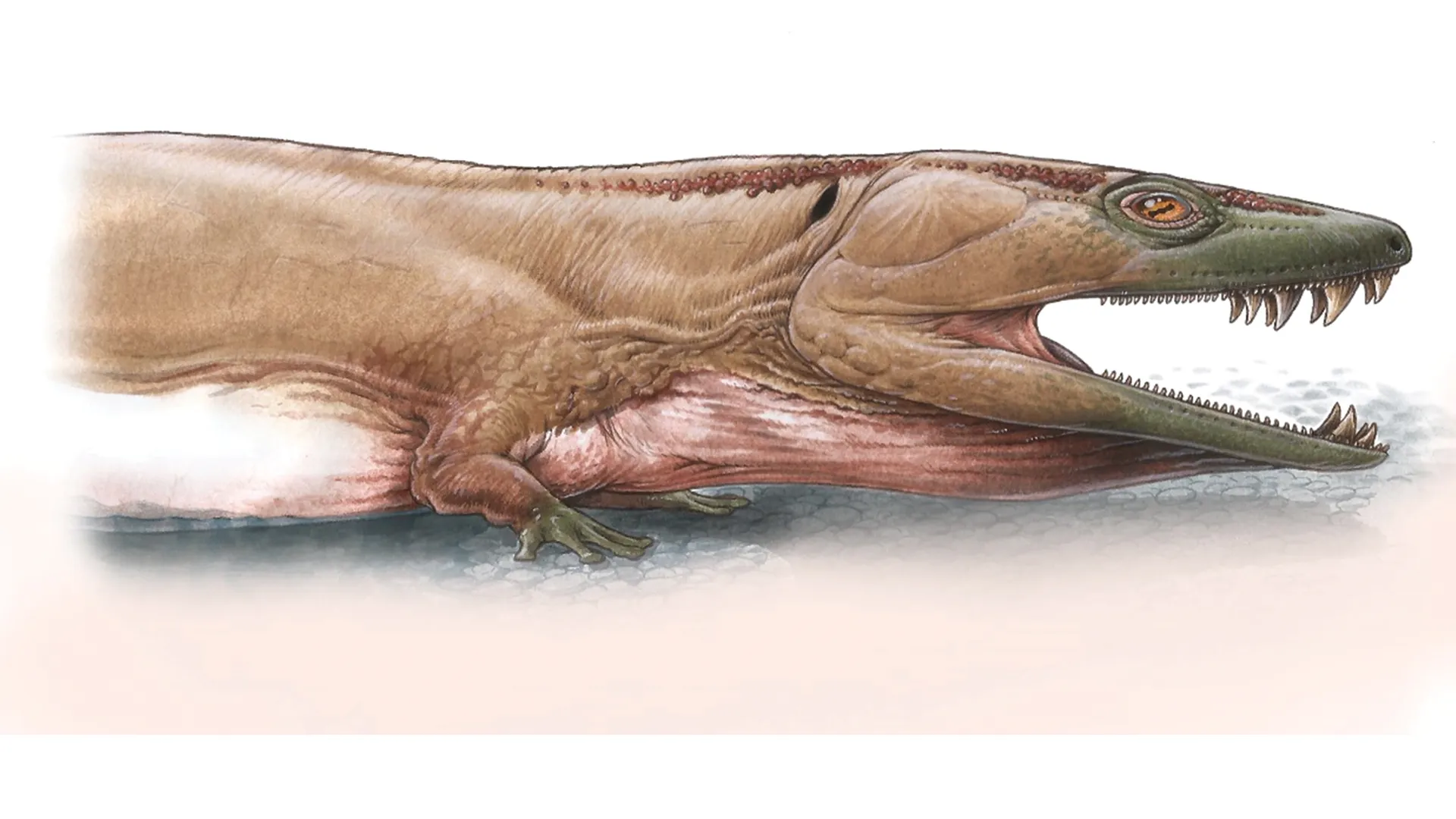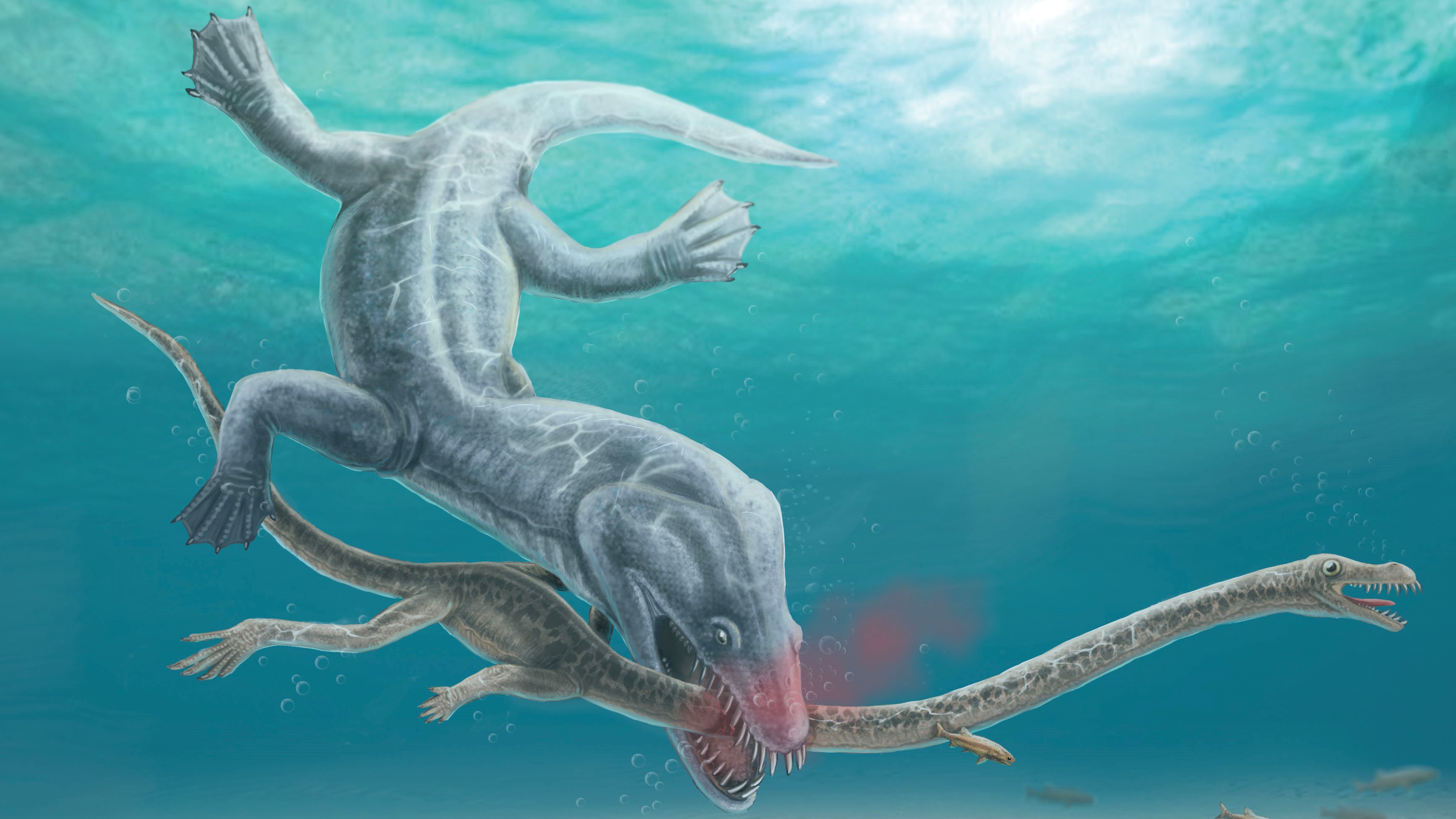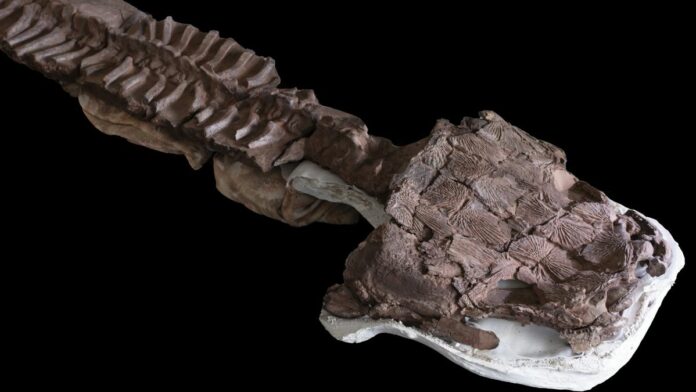The fossil discoveries made in Namibia have once again captivated the scientific community, unveiling a remarkable creature that thrived long before the first dinosaurs roamed the Earth. This ancient swamp dweller, known as Gaiasia jennyae, offers a tantalizing glimpse into the early evolution of tetrapods, the four-limbed vertebrates that eventually gave rise to modern amphibians, reptiles, birds, and mammals.
The Fossil Findings

Researchers exploring the Gai-As Formation in northwestern Namibia have uncovered the fossilized remains of this extraordinary creature, which lived approximately 280 million years ago, during the Permian period. The discovery of four individual specimens, including skull fragments and a well-preserved vertebral column, has provided valuable insights into the anatomy and ecology of this enigmatic predator.
A Colossal Swamp Dweller

Gaiasia jennyae was a truly massive creature, with a skull that measured more than 2 feet (0.6 meters) in length. Researchers estimate that the entire animal could have reached up to 8.2 feet (2.5 m) in length, making it potentially the largest of its kind. This massive predator likely dominated the swampy ecosystems it inhabited, utilizing its unique features to hunt and capture prey.
Adaptations for Aquatic Predation

The most striking feature of Gaiasia jennyae was its “toilet seat-shaped” skull, which allowed it to open its mouth wide and suck in its prey. This adaptation, combined with its formidable fangs, made it a formidable predator in its swampy environment. Researchers believe that Gaiasia jennyae was the apex predator in its ecosystem, feeding on smaller aquatic creatures that shared its habitat.
Insights into Early Tetrapod Evolution
Gaiasia jennyae is considered a stem tetrapod, an early vertebrate that exhibited characteristics intermediate between fish and the first true four-limbed tetrapods. While it possessed limbs, these were not fully evolved for movement on land, and the creature likely remained primarily aquatic. This discovery provides valuable information about the gradual transition from aquatic to terrestrial life, a crucial evolutionary step in the history of life on Earth.
A World in Transition

At the time Gaiasia jennyae thrived, the southern supercontinent of Gondwana was in a state of flux. The land near the equator was drying up, forcing the evolution of new animal species to fill emerging niches. However, the swamps and lakes closer to the poles, such as the habitat of Gaiasia jennyae, remained relatively stable, allowing more primitive forms of life to persist.
Significance and Future Implications
The discovery of Gaiasia jennyae highlights the remarkable diversity of life that existed during this critical period in Earth’s history, when the foundations for modern animal groups were being laid. As researchers continue to explore the fossil-rich regions of Namibia and other parts of the world, they may uncover more clues about the evolution of tetrapods and the dramatic environmental changes that shaped the planet’s ecosystems.
Conclusion
The unearthing of the 280 million-year-old swamp monster, Gaiasia jennyae, is a testament to the enduring power of scientific discovery. This ancient creature, with its unique adaptations and evolutionary significance, serves as a vivid reminder of the incredible diversity of life that has existed on our planet throughout its long and storied history. As we continue to unravel the mysteries of the past, we may find that the answers to some of our most pressing questions about the present and future of life on Earth lie buried in the fossil record, waiting to be discovered.
